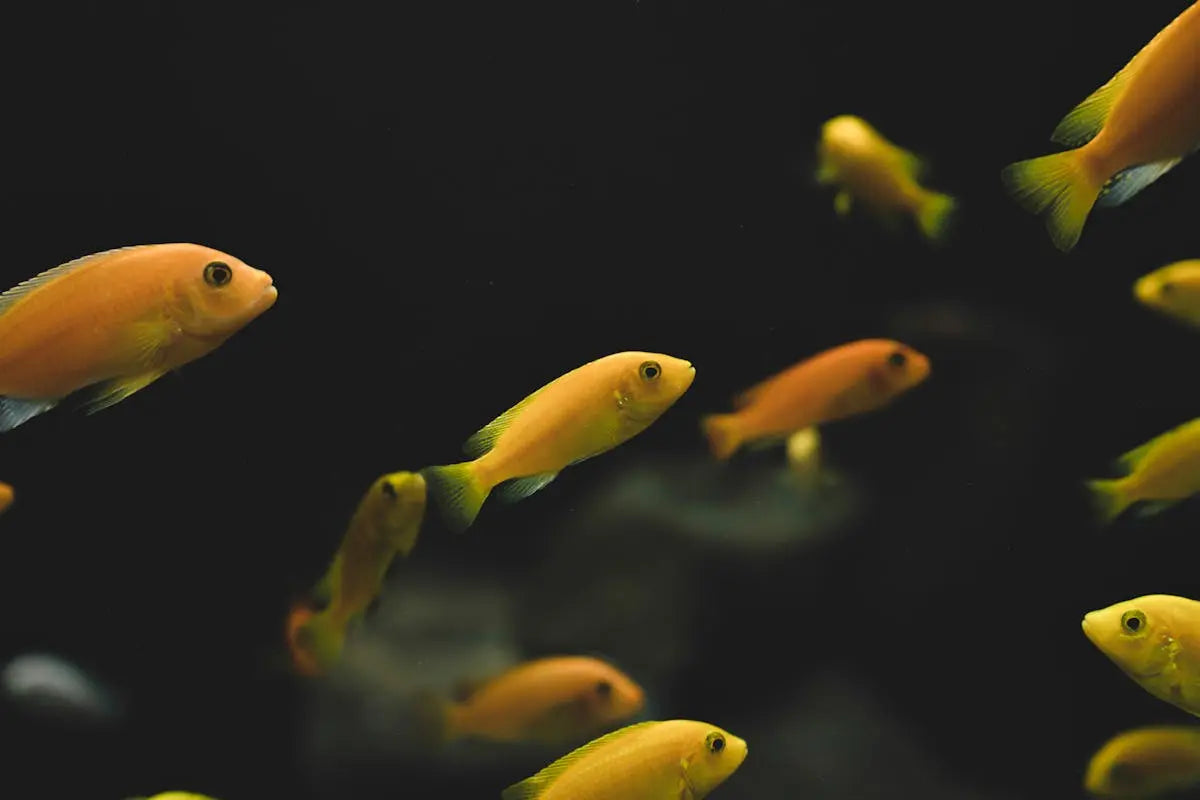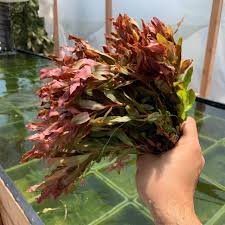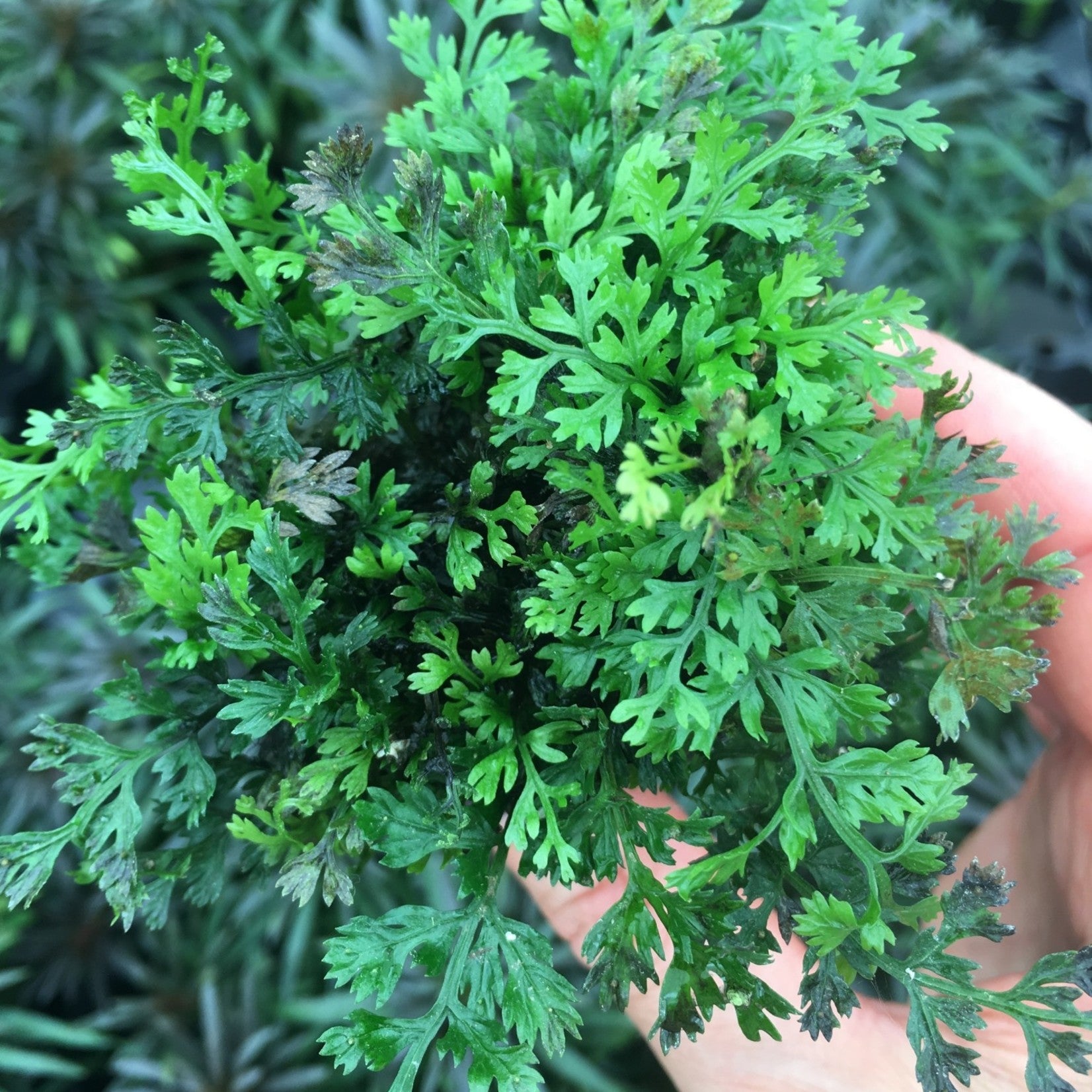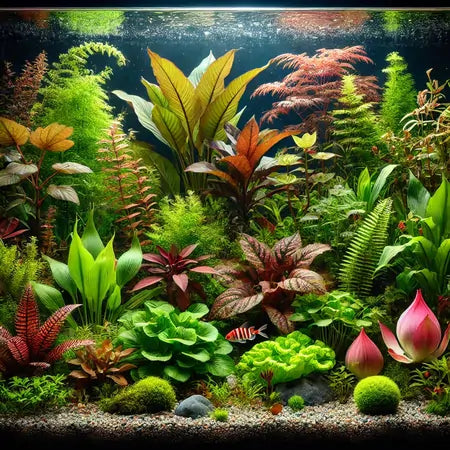Importance of aquarium carpets
Aquarium carpets are essential for the overall health and aesthetics of your aquatic environment. They serve as a natural filter, absorbing excess nutrients and providing a habitat for beneficial bacteria. A well-maintained aquarium carpet also helps prevent the growth of algae by competing for light and nutrients. Additionally, aquarium carpets offer a comfortable and secure environment for fish to explore and hide, reducing stress levels and promoting natural behaviors. Properly establishing aquarium carpets ensures a balanced ecosystem and enhances the beauty of your underwater world.
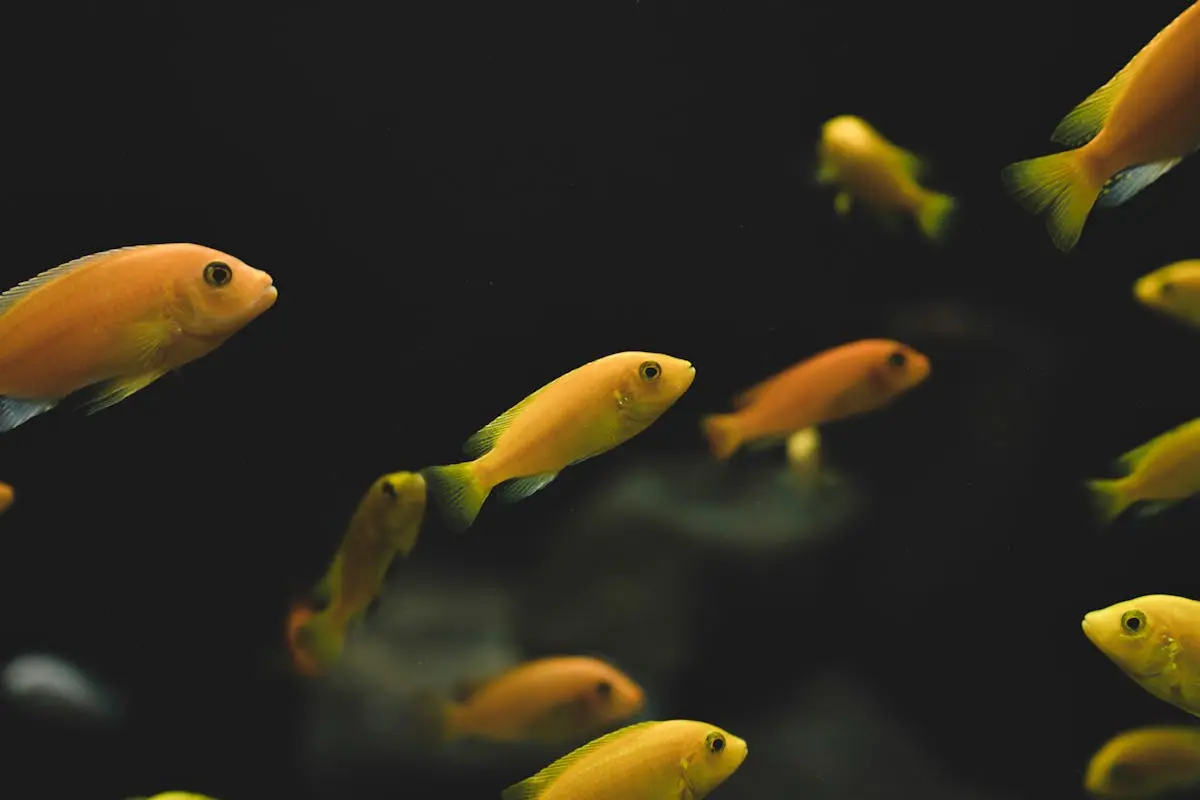
Choosing the right carpet for your aquarium
When choosing a carpet for your aquarium, it’s essential to consider factors like the material of the carpet, the size of your tank, and the fish species you have. Some common mistakes when setting up aquarium carpets include:
-
Choosing a carpet that is not aquarium-safe: Ensure that the carpet material is safe for aquatic environments to avoid harming your fish.
-
Selecting a carpet that is difficult to clean: Opt for a carpet plant that is easy to maintain and clean to prevent algae growth and water contamination.
-
Not considering the carpet’s color: The color of the carpet can affect the overall aesthetics of your aquarium, so choose a color that complements your fish and tank décor.
-
Ignoring the carpet’s thickness: Make sure the carpet is not too thick, as it can trap debris and waste, leading to water quality issues.
-
Overlooking the carpet’s durability: Choose a carpet that can withstand the water conditions in your aquarium to avoid frequent replacements.
Proper installation techniques
Setting up an aquarium carpet in your fish tank requires proper installation techniques to ensure your aquatic plants thrive. Here are some common mistakes to avoid:
-
Inadequate Substrate Preparation: Be sure to properly level and prepare the substrate before laying down the carpet plants.
-
Incorrect Lighting: Ensure your aquarium carpet receives the right amount of light for photosynthesis to occur.
-
Improper Planting Depth: Plant the carpet plants at the correct depth to promote healthy root growth.
-
Neglecting Carbon Dioxide: Consider supplementing with CO2 to support the growth of your aquatic carpet.
-
Overcrowding Plants: Space out your carpet plants appropriately to prevent overcrowding and competition for nutrients.
Common mistakes to avoid when setting up aquarium carpets
Aquarium carpets can be tricky to set up properly. To avoid common mistakes, ensure good substrate health by avoiding over-thickening it, properly filter your aquarium to keep the carpet clean, choose suitable carpet plants that match your lighting and CO2 levels, maintain the right temperature for plant growth, and regularly trim and groom your carpet to prevent overgrowth and keep it looking tidy.
Maintaining and caring for your aquarium carpet
To keep your aquarium carpet healthy and thriving, it’s crucial to pay attention to a few key factors. Here are important tips to keep in mind:
- Regularly trim your carpet to prevent overgrowth and ensure proper light penetration to all parts of the aquarium.
- Keep an eye on the water parameters such as temperature, pH levels, and nutrient levels to create an optimal environment for your carpet to thrive.
- Perform routine water changes to remove excess nutrients and waste that can accumulate in the substrate and affect the health of your carpet.
- Avoid overcrowding your aquarium as this can lead to competition for resources and hinder the growth of your carpet.
- Monitor and address any signs of algae growth promptly to prevent it from overtaking and smothering your aquarium carpet.
